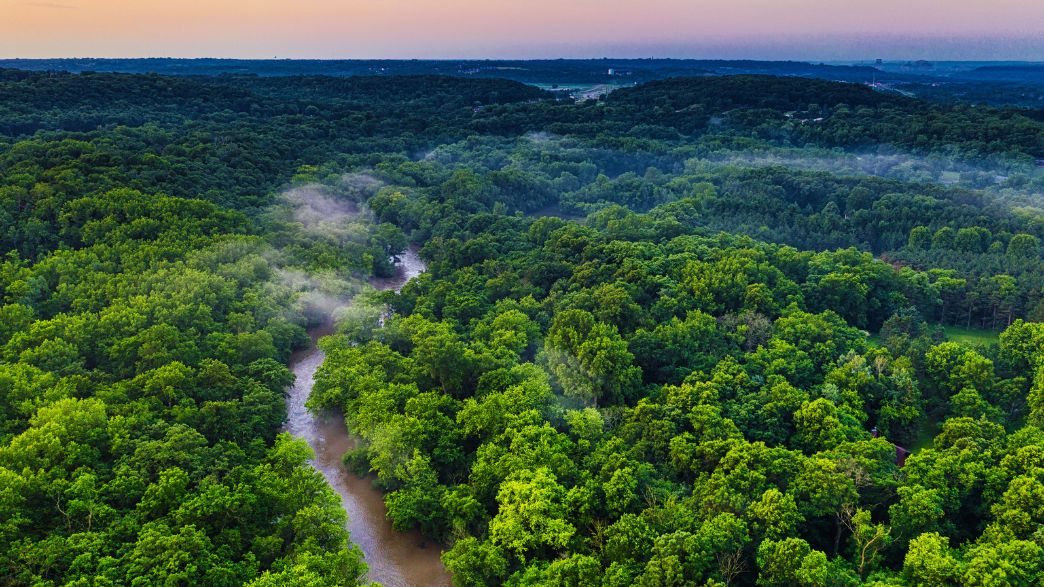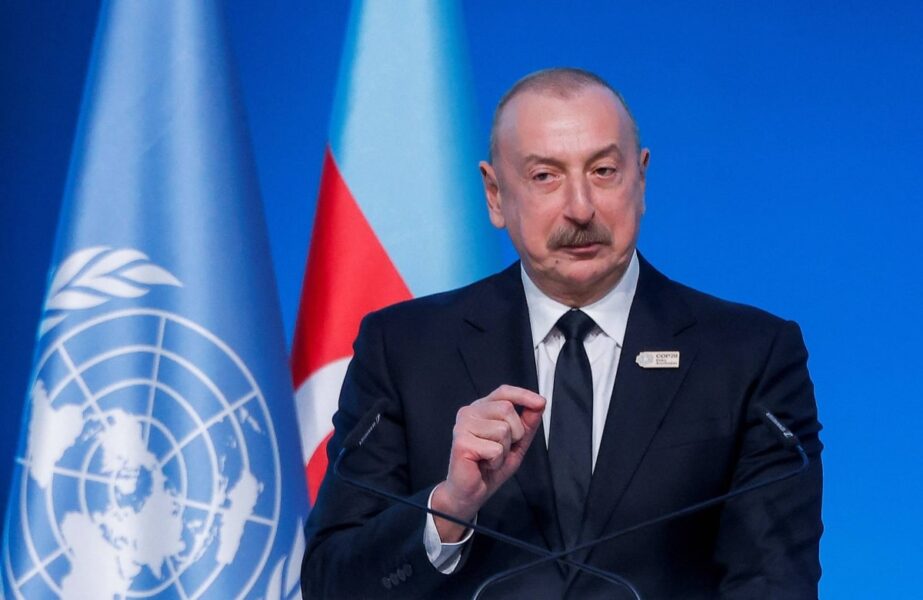Let’s see how the world’s leading cities fight for a clean environment through strategic planning and municipal programs. We’re thankful to Constantine Yalovy, ex-Chairman of the Standing Committee of the Kyiv City Council on Environmental Policy, for the valuable review published in “Ukrainska Pravda. Life”.
***
The megacities are home to millions of people who drink water, throw garbage, use transport, and provide lighting in houses every day.
The daily affairs of each of us impact the environment, so they must be regulated by the municipality.
New York, USA
One of the reasons for the high level of pollution in the American city was the heating of houses.
In New York, homeowners decide for themselves how to “heat” the room. Most often, heat supply was carried out using boilers operating on fuel oil categories № 4 and 6.
These fuels contain sulfur, which does not burn completely and forms soot on the walls of the boiler, reducing its efficiency.
In addition, the combustion of fuel oil in the air emits PM2.5 particles (solid particles smaller than 2.5 microns), which are harmful to health.
The management of the metropolis has launched a program “Clean Heating” (NYC Clean Heat), which provides for the abandonment of houses from toxic fuels and the transition to “green”: biodiesel, natural gas, steam and fuel oil grade №2, which has ultra-low sulfur content.

Visualization before the start of the “NYC Clean Heat” program. Picture of fineartamerica.com
Since 2012, the city has stopped issuing licenses for the use of №6 fuel oil (the most viscous and heavy type of fuel with the highest sulfur content).
Owners who bought new boilers under the program were required to choose boilers only on clean fuels.
To encourage the population to “green” heating, the municipality encouraged building owners to use more environmentally friendly fuels. Those who switched to the new heat supply were offered financial assistance and technical advice.

Visualization after the completion of the program “Clean Heat” (NYC Clean Heat). Picture of fineartamerica.com
The Clean Heating program officially ended in 2015 with impressive results: the level of sulfur dioxide in the air decreased by 69%, and the level of PM2.5 particulate matter – by 65%. However, NYC Retrofit Accelerator’s project is currently advising the public on environmental heating.
New York’s strategic goal by 2050 is to reduce greenhouse gas emissions by 80%, and by 2030 – to increase quotas on the use of renewable energy sources from 50% to 70%.
Curitiba, Brazil
Curitiba is a Brazilian metropolis, where 70% of garbage is sent for recycling. All thanks to a municipal program that allows low-income people to make money on waste collection.
In 1971, architect Jaime Lerner was elected mayor. When he took office, the city was experiencing a garbage crisis. The favelas, home to the poorest Brazilians, were littered with rubbish so much that garbage trucks simply could not get there.
Lerner found a way out of the situation: in the favelas installed containers for separate garbage collection and encouraged locals to exchange waste packages for various “bonuses”. For example, for organic leftovers you could get a card for a package of fruit or vegetables, for sorted glass or plastic – a token for public transport.

This is what Brazilian favelas look like. Photo by Foreign Media
It was thanks to the sorting and recycling of garbage that the city was able to overcome unemployment.
Curitiba’s urban planning system also deserves attention. Yes, developers pay for the restoration of historic buildings. Entrepreneurs who want to build a house higher than 10 floors must pay a certain amount. The funds are spent on repairs in the historic part of the city.
A similar system applies to greenery. Currently, one resident of Curitiba has 64.5 square meters of landscaping.
Parks and squares are created at the expense of the owners of large plots, who are obliged to turn the area on the opposite side of the street into a green zone.
Vancouver, Canada
Among the major cities in North America, Vancouver has the lowest carbon emissions. All thanks to coordinated steps aimed at the transition to alternative energy sources.
In particular, for cars in Vancouver, a strict rule was introduced: if the car is standing for an hour, then during this hour you can leave the engine running for no longer than three minutes. Exception only for motor transport, buses, etc.
Vancouver’s leadership motivates residents to switch to electric cars, install chargers and bicycles in the city, and build bicycle lane infrastructure.
55% of the city’s fleet consists of cars that run on renewable diesel fuel and are equipped with GPS to pave the shortest route.

In the port of Vancouver. Photo by anderm / Depositphotos
One of Vancouver’s strategic goals is to achieve zero emissions from buildings. Residents are asked to use low-carbon fuels to heat their homes, such as those that are the result of organic processing.
“Green” heat supply of houses is carried out in Vancouver by means of so-called “neighbor systems”. Thus, in densely populated areas of the city form an energy center, where heat is produced. Then through distribution pipes it is delivered to apartments, offices and public institutions near the center.
The advantage of the system is that the centers can decide which heat source to use. And most often use “green” fuel, for example, this heat from the enterprises which leaves through air conditioning systems.
Copenhagen, Denmark
The city, which unofficially has the status of “green capital of Europe”, has set itself an ambitious goal: by 2025 to become a metropolis with neutral carbon emissions. This goal was set by the Copenhagen leadership in the CPH 2025 Climate Plan.
Since 2010, the city has introduced landscaping of roofs. The tops of the houses are covered with vegetation that produces oxygen and absorbs water, reducing the amount of wastewater.
According to the municipal strategy, 100,000 trees are planned to be planted in Copenhagen by 2025.

Copenhagen plans to plant 100,000 trees by 2025. Photo vvoennyy / Depositphotos
Green energy, in particular, wind energy, is also developed in the city. Copenhagen receives such electricity from the neighboring island of Samso, which provides 100% of its own electricity needs.
The city’s infrastructure is already impressively environmentally friendly. 40% of residents of the Danish capital go to work on bicycles, because they have 350 kilometers of bike paths.
It is advantageous for residents to give up a car to save money, because the cost of fuel in Copenhagen is additionally taxed.
Also, by 2025, the city plans to completely switch to electric public transport.
Ecology and tourism are closely developing in the city. For example, the CopenHill incinerator turned the roof of its building into a ski slope.
We’ve already written why parks save the inhabitants of cities around the world millions of dollars every year. You may check the explanation of what ecosystem services are here.You may read our FAQ explanation why do cities need green zones here.



